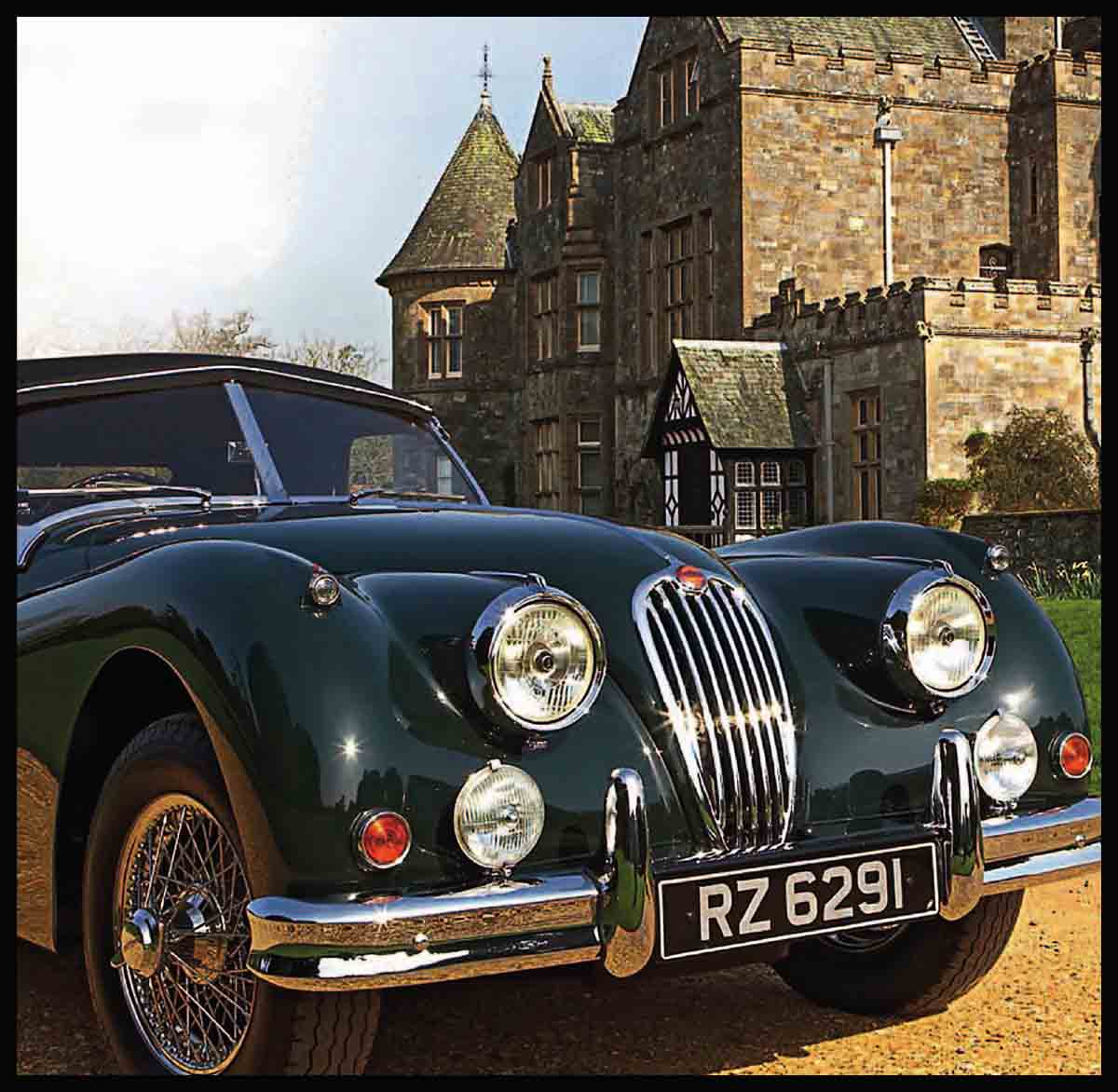
Great Marques—The Jaguar Story
From building motorcycle sidecars in a tiny workshop in a seaside town in northwest England, William Lyons’s company evolved into a manufacturer of high-quality sports cars and sedans. Over the decades, the Jaguar marque established a reputation for fast, refined cars, which it continues to live up to today.
“The outstanding impression. combination of extravagant performance and silent, effortless functioning.”
WILLIAM BODDY ON THE XK120 r MOTOR SPORT MAGAZINE, 1951
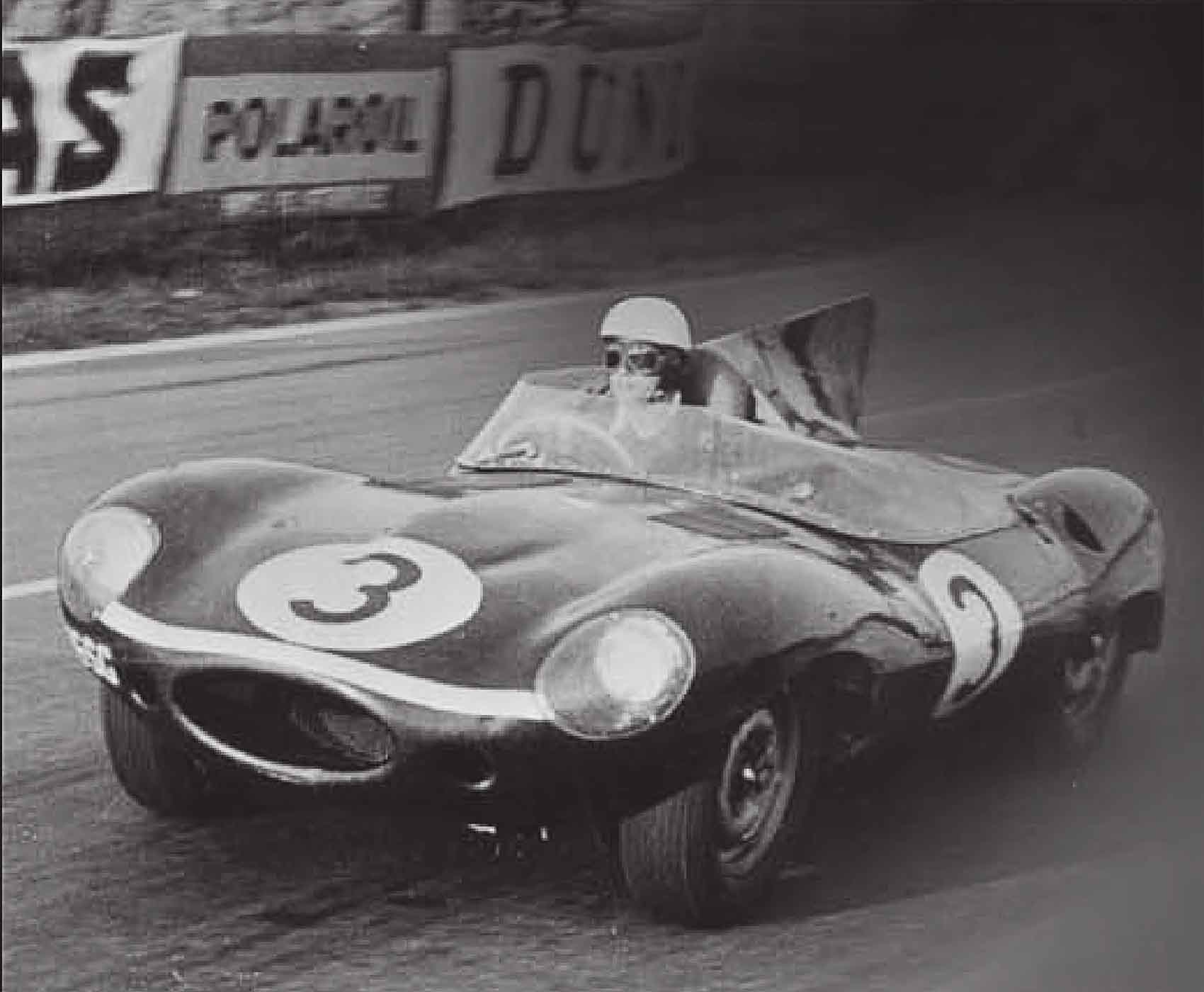
MOTORCYCLE ENTHUSIASTS William Lyons and William Walmsley started the Swallow Sidecar Company in Blackpool, Lancashire, in 1922. Swallow sidecars quickly became known for their high quality and stylish looks. In 1927 Swallow began making coachbuilt bodywork for the Austin Seven. Swallow’s bodywork, designed by Lyons, gave the Seven a touch of flair and individuality that appealed to 1920s motorists.
The company relocated in 1928 to the Midlands city of Coventry, and Lyons gradually expanded the range of Swallow bodies. In 1931 Swallow launched into car manufacturing with ts own creations, the SSI and SS2. Both cars had rakish Lyons bodywork on chassis made by Standard, another Coventry firm. Swallow was renamed SS Cars in 1934, at which time Walmsley left the company. In 1935 Lyons unveiled his first sports car, the SS Jaguar 90. It was followed the next year by the most celebrated of Lyons’s early cars, the SS Jaguar 100—a sports car with a top speed of 100 mph (160 km/h).
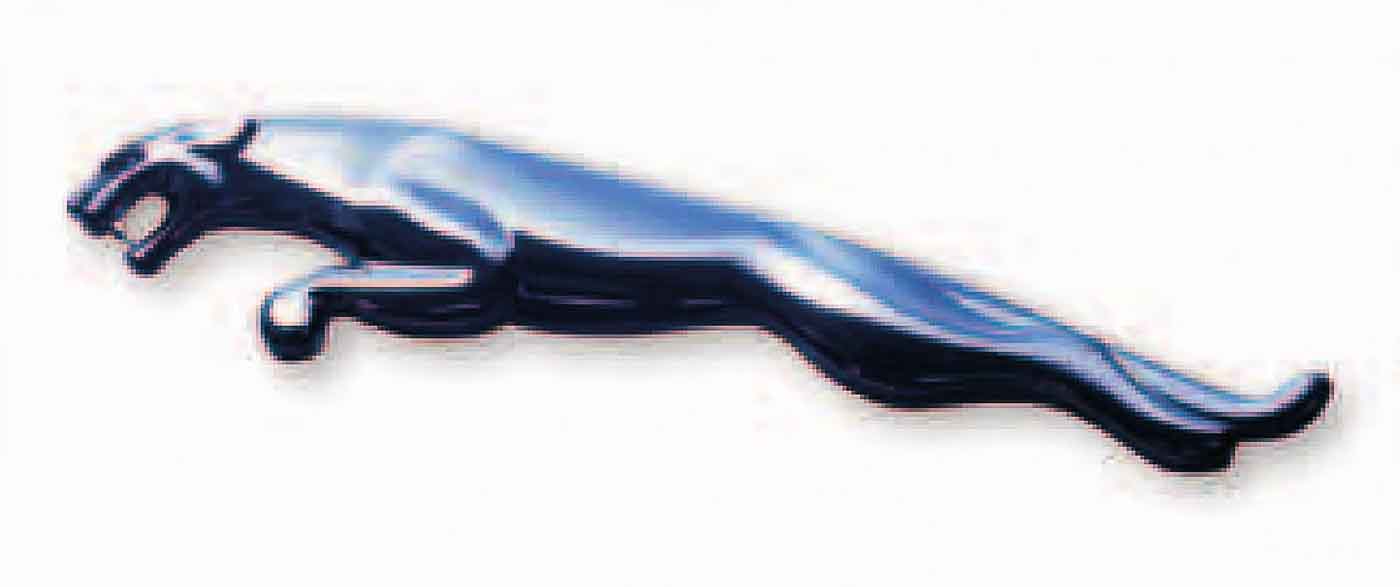
(introduced 1935)
After World War II the company dropped the letters SS, because of their Nazi connotations, and adopted the name Jaguar for all its cars. During the war Jaguar engineers had begun working on a new 3.4-liter, twin-cam engine, which would become a Jaguar fixture for the next four decades. It premiered in the new XK120 sports car at the 1948 London Motor Show. The XK120 gave high performance levels at a bargain price of less than £1,000. The famous C- and D-types—racing cars using the XK120 engine and equipped with innovations such as disc brakes and low-drag aerodynamics—won the Le Mans 24-hour race for Jaguar on five occasions during the 1950s Alongside the XK line of sports cars, which progressed through the XK140 and XK150 of the late 1950s, Jaguar offered fast, refined sedans. The MkVII was the definitive Jaguar sedan of this era. Combining sleek good looks with the power of the XK engine and a sophisticated chassis, it handled superbly and gave a cosseting ride. The advertising of the time (and for many years to come) used the slogan “Grace, space, pace,” which summed up perfectly the company’s product range.
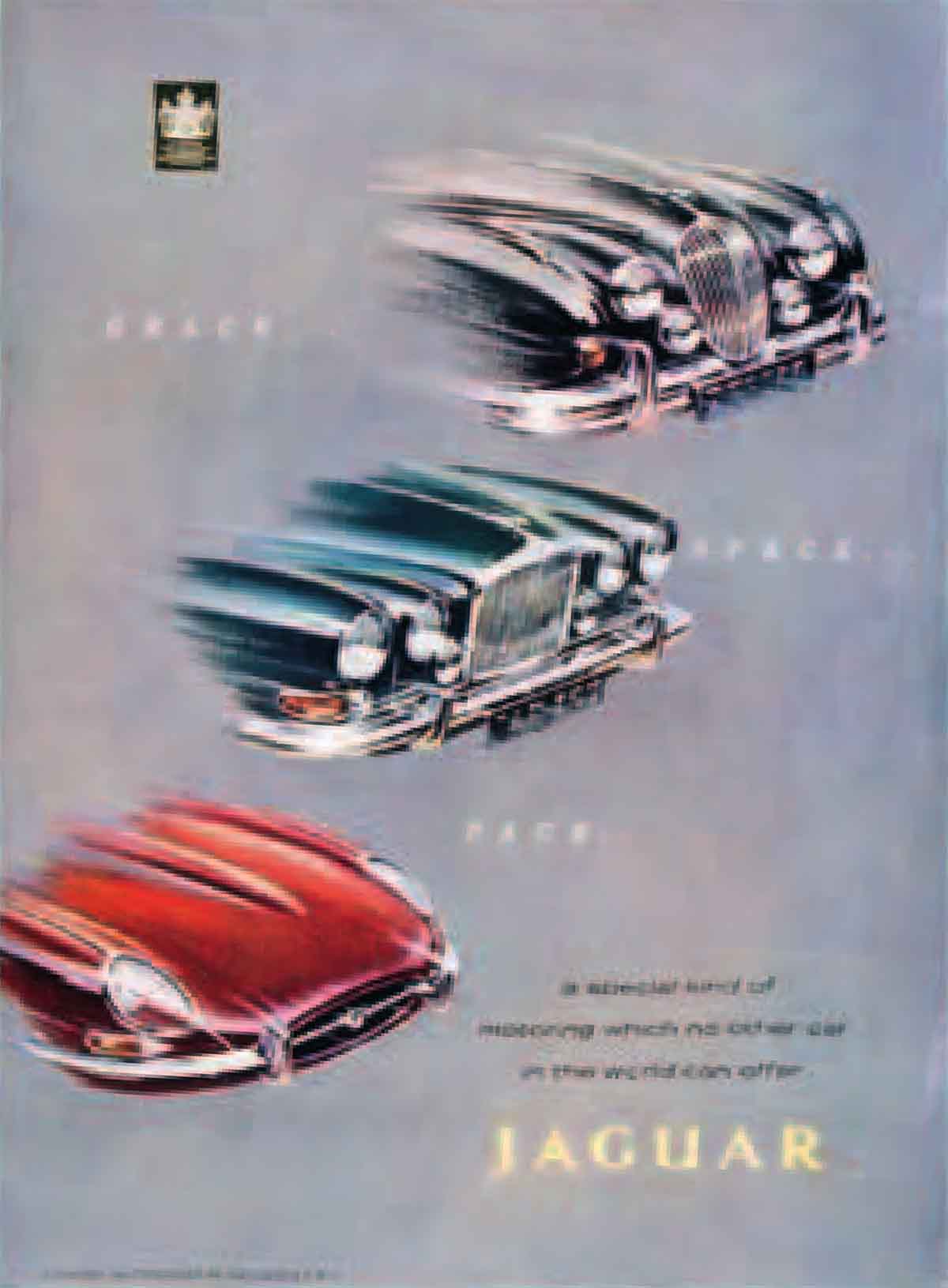
Letting the cars’ front ends do the talking, this advertisement shows (from top) the MkII, MkX, and E-type offering “a special kind of motoring which no other car in the world can offer.”
In 1961 Lyons’s E-type impressed the motoring world with its performance, stunning looks, and price, just as the XK120 had done back in 1948. Again powered by the XK engine, this time in 3.8-liter form, the E-type was based on the same kind of monocoque construction as the Le Mans-winning D-type. The car also used aspects of the D-type’s sleek, wind-cheating shape. Available in fixed-roof coupe and open roadster versions, the E-type was a hit on both sides of the Atlantic. It sold well, as did Jaguar’s 1960s sedans—the huge MkX and the compact Mkll.
Jaguar faced two problems in the mid-1960s. The first was that William Lyons was close to retirement, and there was no obvious successor in the company. The second was that the Pressed Steel Company, which built Jaguar bodies, had been taken over by a rival car maker, BMC. The solution to both problems came in 1966 when BMC and Jaguar merged to form British Motor Holdings, which itself merged with the Leyland group two years later to form British Leyland. Lyons fought hard to retain as much independence for Jaguar as possible.
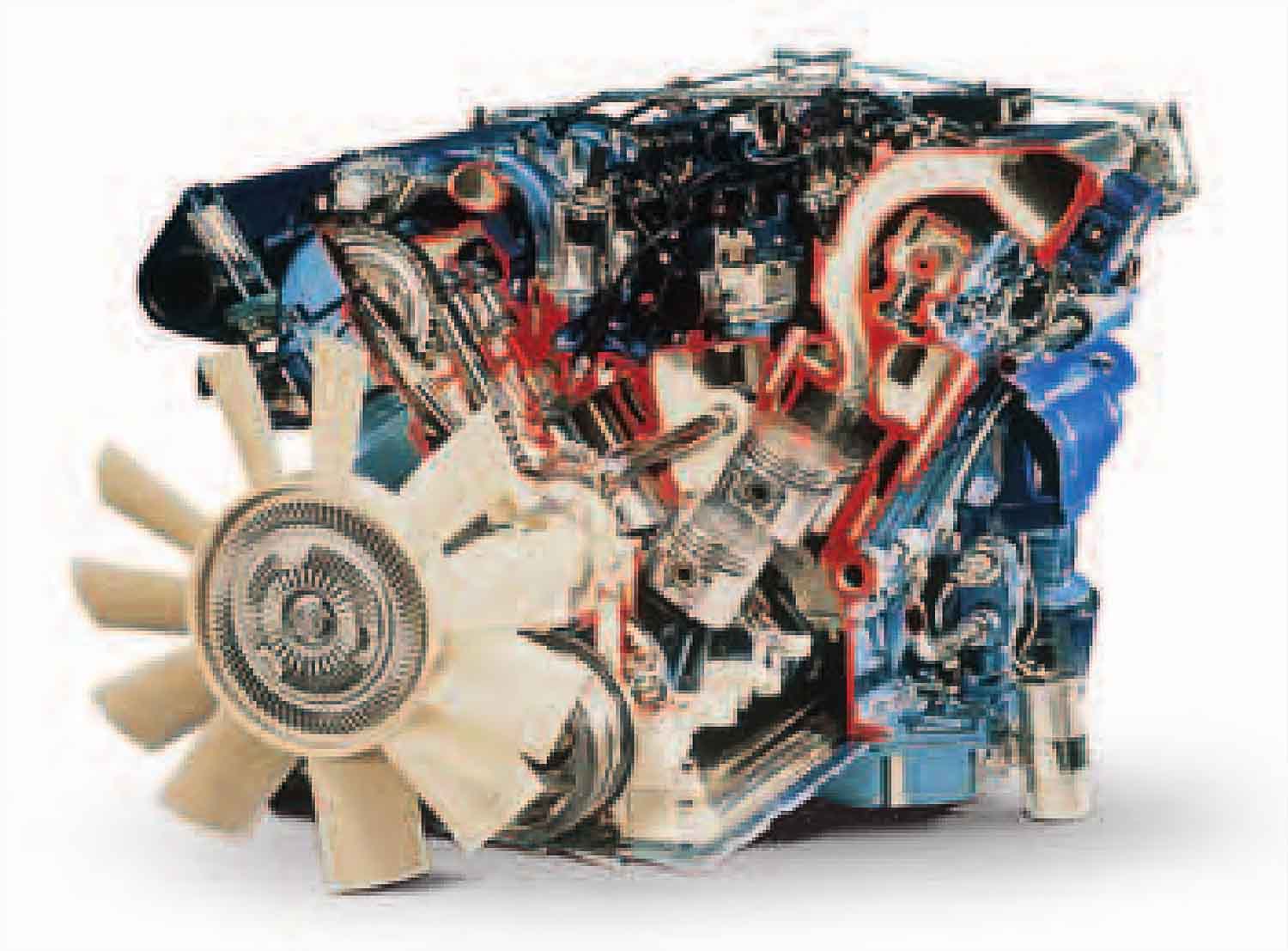
First used in the Series 3 E-type of 1971, the V12 engine powered Jaguar cars until 1996, when it was replaced by the AJ-V8. It was based on design intended for a Le Mans protoype car, the XJ13, which never raced.
While the XJ sedan of 1968 and the VI2 engine introduced in the E-type in 1971 were great technical achievements, the 1970s also saw the introduction of the controversially styled XJ-S and the unsuccessful XJ coupe racing program. Within the vast British Leyland conglomerate, now state owned, the quality of Jaguar cars suffered. Privatization came in 1984, not a moment too soon, and under the leadership of Sir John Egan, Jaguar thrived once again. The XJ-S had already proved successful in touring-car racing in the hands of the Tom Walkinshaw Racing team, and Jaguar built on this by returning to Le Mans with a works team in 1988. Using V12 engines based on Jaguar’s road car units, the XJR-9 and XJR-12 sports car won at Le Mans in 1988 and 1990 respectively.
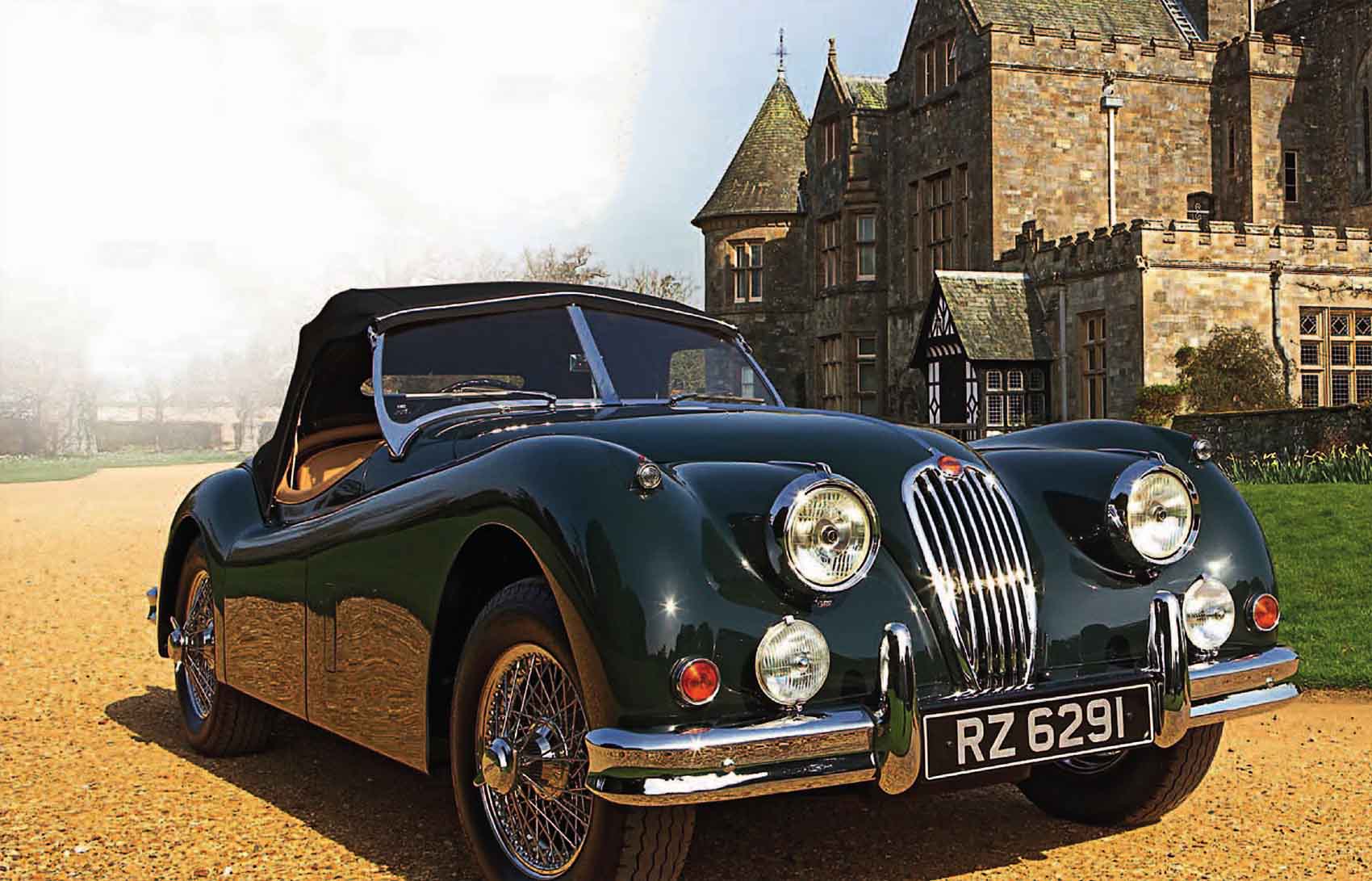
The follow-up to the highly successful XK120, Jaguar’s XK140 had a more powerful engine. Other improvements included upgraded brakes and suspension.
In 1989 GM, Daimler-Benz, and Ford were all rumored to be bidding for Jaguar, but it was Ford who won with a £1.6 billion takeover plan. Ford re-equipped Jaguar’s factories, which one Ford executive claimed were so primitive they reminded him of communist-era Russia. The now rejuvenated Jaguar developed new XJ sedans and a V8-engined XK sports coupe, while at the same time cutting costs and improving quality. In 1999 Jaguar became part of Ford’s Premier Automotive Group, which included the Aston Martin, Land Rover, Lincoln, and Volvo marques. Ford also bought Jackie Stewart’s Formula 1 team and rebranded it as Jaguar, but this racing venture was unsuccessful.
Under pressure to concentrate on its core businesses as its market share shrank in the new millennium, Ford sold Jaguar and Land Rover to the Indian group Tata in 2008 for $2.3 billion. Tata inherited well-advanced plans for new models, including a mid-sized XF sedan and a new XJ, both of which were launched to wide acclaim. By 2010 Jaguar was back in profit and had more new models ready for launch, pointing to a secure future for one of Britain’s best-loved car brands.

1922 William Lyons and William Walmsley form Swallow Sidecars.
1927 Swallow makes Austin Seven bodies.
1931 Swallow’s first car, the SSI, is launched.
1933 The company changes its name to SS Cars Limited.
1935 The SS90 and SS100 are launched.
1945 SS Cars becomes Jaguar Cars.
1948 Jaguar launches the XK120 sports car and the XK engine.
1951 Peter Walker and Peter Whitehead win at Le Mans in a Jaguar C-type.
1953 Tony Rolt and Duncan Hamilton win at Le Mans in a Jaguar C-type.
1955 The D-type Jaguar wins at Le Mans, and repeats the feat in 1956 and 1957.
1956 Launch of the 2.4-liter, the first Jaguar with a monocoque construction.
1960 Jaguar buys Daimler from BSA.
1961 Introduction of both the E-type and the MkX sedan; Jaguar buys the truck maker Guy Motors.
1962 Launch of the first Jaguar-Daimler hybrid, the Daimler 2.5-liter.
1963 Jaguar buys Coventry Climax, a manufacturer of engines and forklifts; launch of the S-type.
1964 Jaguar buys Henry Meadows, which produces engines.
1966 Jaguar merges with the British Motor Corporation to form British Motor Holdings (BMH).
1968 BMH and Leyland merge to form the British Leyland Motor Corporation.
1988 Johnny Dumfries, Andy Wallace, and Jan Lammers win Le Mans in the XJR-9.
1988 Martin Brundle wins the World Sports Car Championship driving for Jaguar.
1989 Ford buys Jaguar for £1.6 billion.
1990 John Nielsen, Price Cobb, and Martin Brundle win the Le Mans 24-hour race in the Jaguar XJR-12.
1998 The all-new S-type model is a success.
1999 Jaguar becomes part of Ford’s Premier Automotive Group.
2001 The rationale of the new X-type compact executive sedan is criticized.
2008 Ford sells Jaguar to Tata.
It is a quote. The Definitive Visual History Of The Automobile 2011




